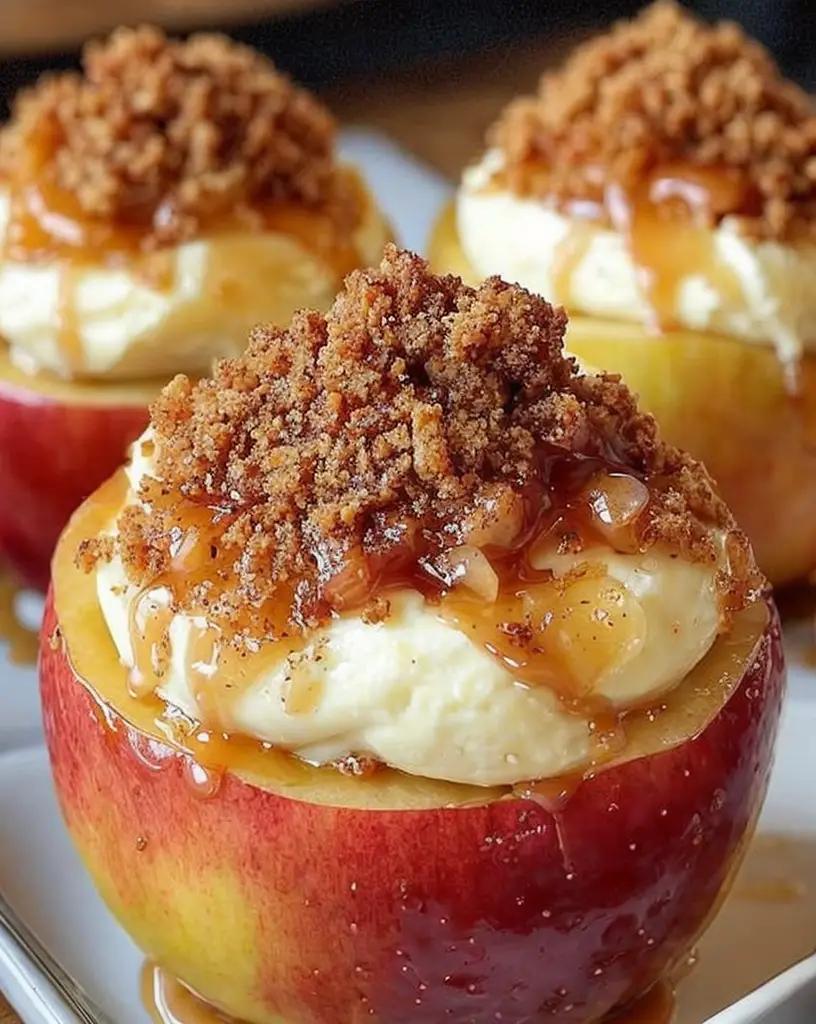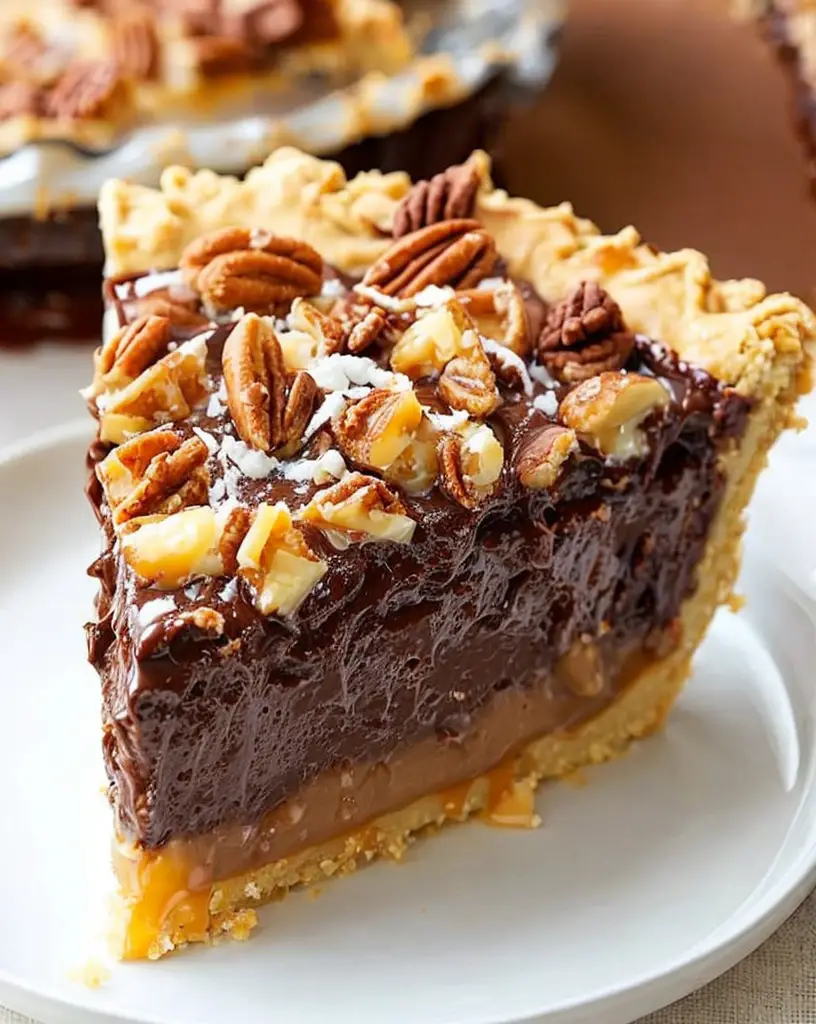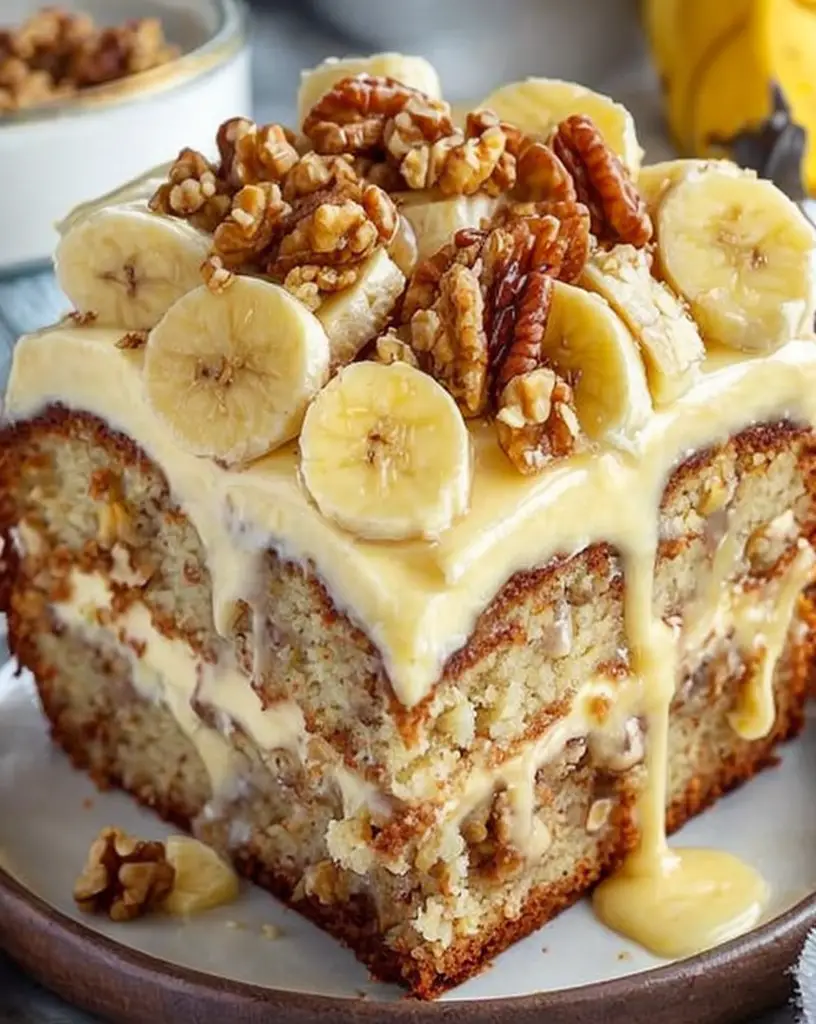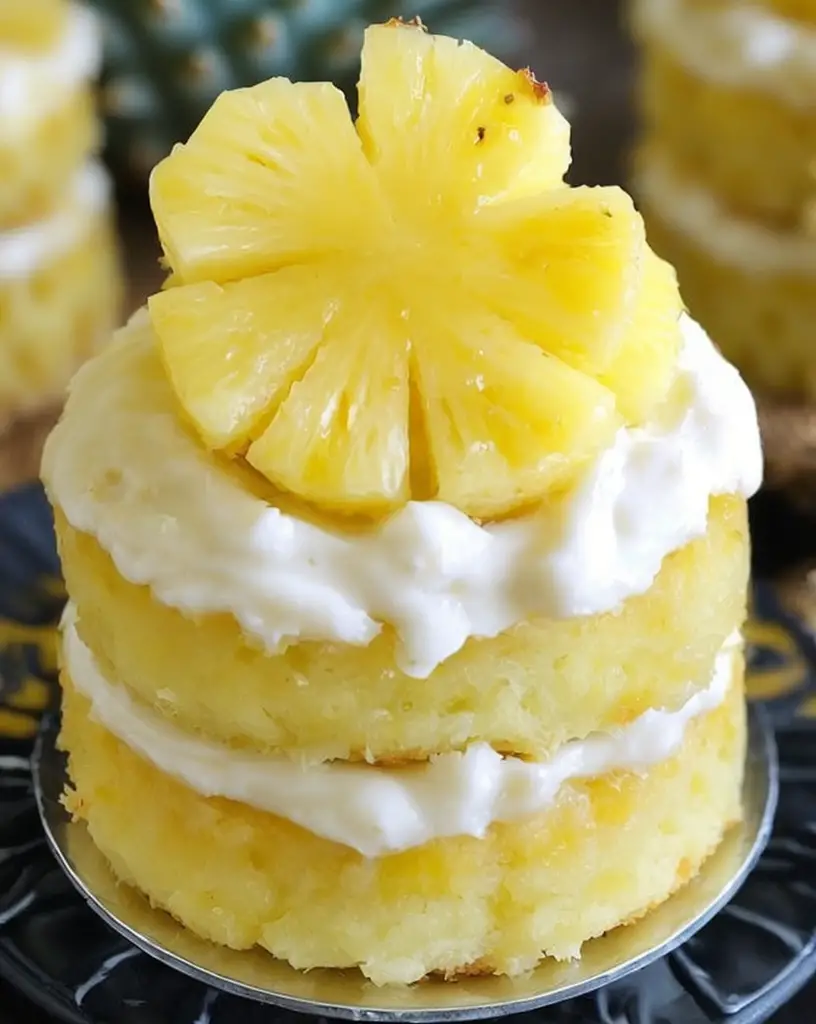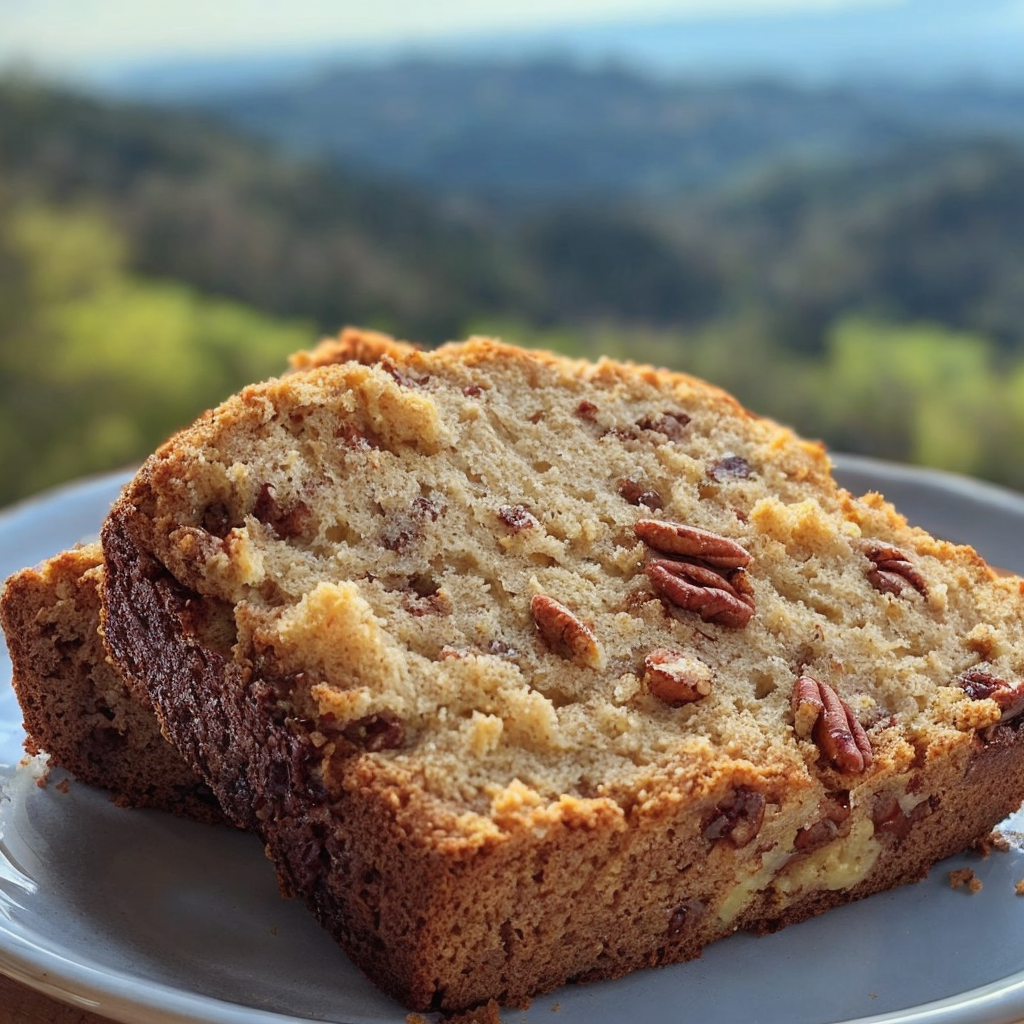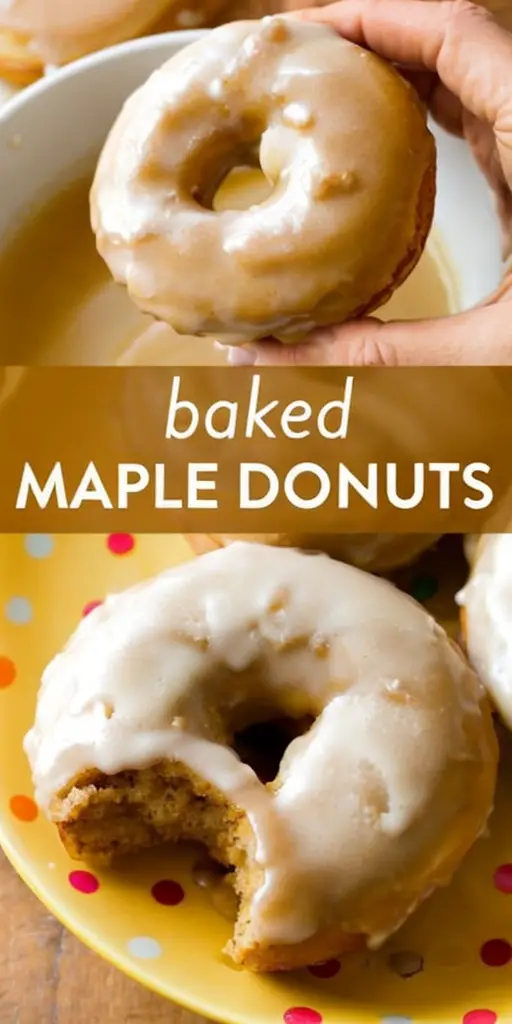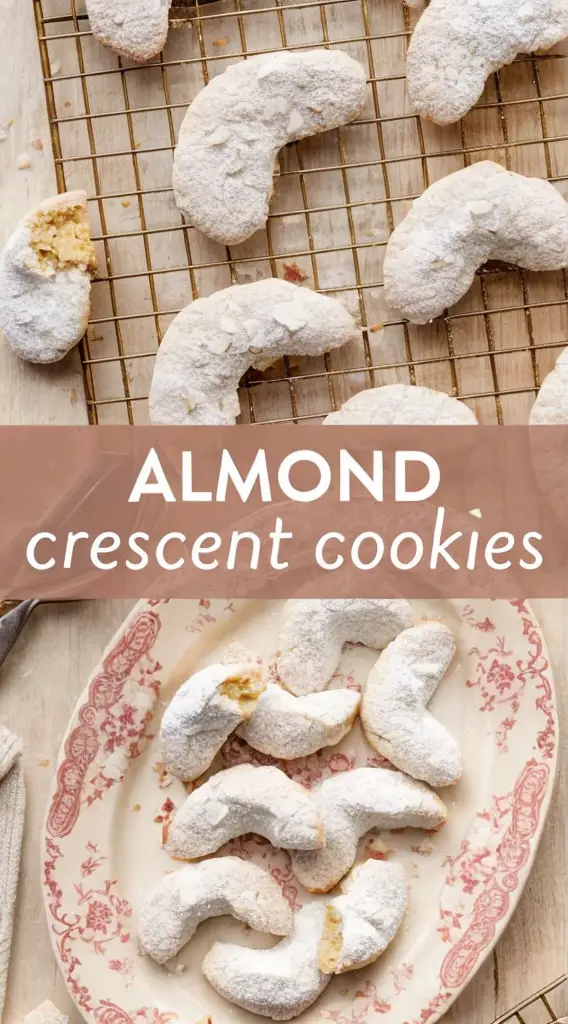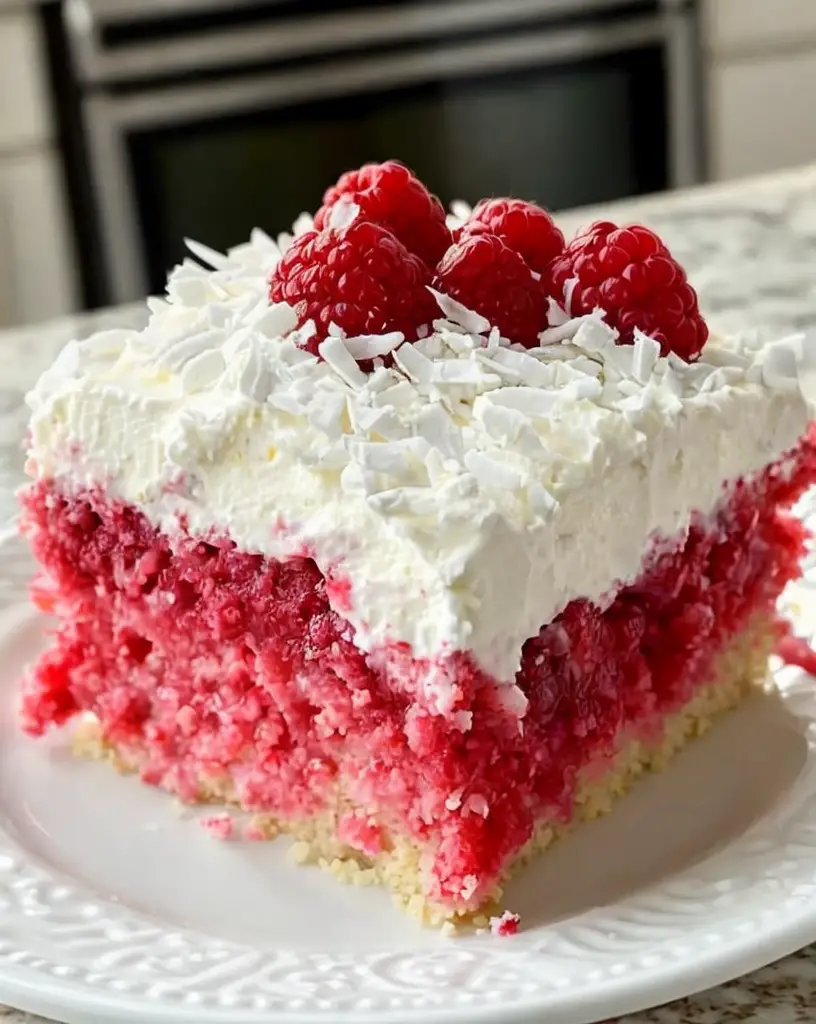Cheesecake Stuffed Baked Apples: A Heavenly Dessert Delight
Imagine the warmth of baked apples blending harmoniously with the creamy richness of cheesecake — it’s a match made in dessert heaven! Cheesecake Stuffed Baked Apples offer an irresistible fusion of tart and sweet, punctuated by a delightful crunch from baked nuts and infused with the fragrant aroma of cinnamon. Perfect for any cozy gathering, this dessert exudes both comfort and elegance.
Conjuring images of autumn harvests, this treat is ideal for when apples are abundantly fresh and flavorful. The gooey cheesecake filling transforms these apples into a decadent delight that feels both indulgent and perfectly suited for a festive occasion. A perfect symphony of textures, this dessert melds the creaminess of cheesecake with the tender bite of a baked apple, finished with a refreshing crunch of a crumble topping.
Quick Recipe Highlights
- Flavor Profile: A delightful balance of tart and creamy, punctuated by the warmth of cinnamon and the subtle sweetness of baked apples.
- Texture: The tender bite of baked apples marries beautifully with the smooth, rich cheesecake filling and a crunchy topping.
- Aroma: Infused with the irresistible fragrance of cinnamon and fresh apples, echoing the essence of autumn.
- Visual Appeal: A tempting blend of golden-brown apples nestled with a creamy filling, beautifully presented in individual servings.
- Skill Level Needed: Requires basic baking skills and a bit of patience to achieve the perfect texture and flavor balance.
- Special Equipment: An apple corer and a baking dish or tray are essential to maintain the apple shape and even cooking.
Recipe Overview
- Difficulty Level: This recipe strikes a medium degree of difficulty, requiring careful preparation of the cheesecake filling to avoid separation, while ensuring the apples bake evenly.
- Category: A versatile dessert perfect for post-dinner indulgence, holiday celebrations, or as a unique sweet brunch option.
- Cuisine: Rooted in American traditions with hints of classic cheesecake influences, offering a comforting yet innovative twist on familiar flavors.
- Cost: Relatively economical, primarily relying on readily available ingredients like apples, cream cheese, and basic pantry staples.
- Season: Best enjoyed during the apple harvest season, typically in autumn when apples are at their peak, but can be adapted year-round.
- Occasion: Ideal for family gatherings, Thanksgiving feasts, festive parties, or anytime you desire a comforting and impressive dessert.
Why You’ll Love This Recipe
The Cheesecake Stuffed Baked Apples offer a heavenly combination of taste and texture. The creamy filling melds with the natural tartness of the apples, while the crunch from the nutty topping provides a delightful contrast. This dessert not only satisfies sweet cravings but also showcases the simplicity and beauty of natural ingredients.
Convenience is a standout feature of this recipe. The preparation is straightforward, allowing you to focus on each component effectively. The apples bake beautifully while you prepare the cheesecake, resulting in a harmonious fusion of flavors and textures.
Nutritionally, this dessert brings the benefits of apples — a good source of fiber and vitamin C — into your indulgent treat, creating a balance that’s both wholesome and satisfying. The recipe can easily be adapted to accommodate various dietary needs without compromising on flavor.
Socially, Cheesecake Stuffed Baked Apples are a conversation starter. Their elegant presentation and unique blend of flavors make them a standout choice at any event, encouraging camaraderie and shared enjoyment.
From a cost perspective, the use of everyday ingredients ensures this dessert remains budget-friendly, while its impressive appearance and taste elevate it above typical everyday fare, perfect for when you want to impress without a hefty price tag.
Historical Background and Cultural Significance
Cheesecake Stuffed Baked Apples take influence from both classic baking traditions and the innovative spirit of American cuisine. The concept of stuffing fruit with complementary fillings dates back centuries, rooted in the idea of enhancing simple ingredients with luxurious textures and flavors.
Culturally, this dish exemplifies the celebratory essence of harvest season in America, where apples are pivotal in cooking and baking rituals. This dessert elevates the humble apple into an artisan creation, symbolizing the art of making the most of seasonal abundance.
As recipes evolve, so has the baked apple with cheesecake stuffing, embracing modern baking techniques to enhance traditional flavors. It’s a reflection of innovation built upon tradition, creating a dessert that feels both customary and refreshingly new.
Regional variations can be found across the United States, with some incorporating local nuts, spices, or even regional cheeses, each adding a unique twist while maintaining the core concept of this delightful treat.
Ingredient Deep Dive
Apples are the stars of this recipe, offering their natural tartness and crisp texture as a perfect vessel for the filling. Historically, they hold cultural significance, symbolizing beauty, knowledge, and fertility in various cultures. Nutritionally, apples provide essential vitamins and dietary fiber.
The selection of apples is crucial for maintaining texture during baking. Firm varieties like Honeycrisp or Fuji work best. Store them in a cool, dark place to preserve freshness, and consider substituting pears for a different twist on sweetness and texture.
Cream cheese provides the rich, smooth base for our filling, a staple in classic cheesecakes. Known for its versatile use in both savory and sweet dishes, it adds a luxurious creaminess to the dessert. Opt for full-fat cream cheese to achieve the best consistency, stored tightly sealed in the refrigerator to maintain freshness and flavor.
Selecting high-quality cream cheese is key; look for a smooth and even texture with no signs of graininess. For a healthier option, Neufchâtel cheese or Greek yogurt can be used as substitutes, though adjustments in texture and taste should be noted.
Common Mistakes to Avoid
– Overcoring apples can cause structural instability leading to spills during baking. Ensure you maintain enough apple base.
– Rushing the prebake of apples may lead to uneven textures; allow them to soften adequately.
– Under-mixing cheesecake filling can leave lumps; ensure it’s smoothly blended for even baking.
– Overfilling apples may cause spillage; leave room for expansion in the oven.
– Underbaking the apples can lead to raw textures; ensure they are sufficiently softened.
– Ignoring apple variety impacts final texture; opt for firm, baking-suited apples.
– Overbaking the cheesecake filling can cause browning or drying.
– Using ingredients at incorrect temperatures, particularly cream cheese, can affect texture.
– Neglecting to measure precisely can throw off the delicate balance of flavors.
– Infrequent checks during baking may result in overdone or underdone apples.
Essential Techniques
CorIng Apples: Proper coring ensures that each apple evenly holds the cheesecake filling without any mess. Maintain sufficient apple around the edges to prevent collapsing during baking.
Mixing Cheesecake Filling: Achieving a smooth, creamy filling is crucial. Be meticulous in your mixing, ensuring the sugar and cream cheese blend thoroughly to create a uniform texture that bakes evenly.
Baking to Perfection: Understanding when apples are sufficiently baked is key. Check for a tender, yet still firm texture for the ideal bite and to avoid mushiness while enjoying.
Pro Tips for Perfect Cheesecake Stuffed Baked Apples
– Choose apples of similar size to ensure even baking across all servings.
– Allow cream cheese to come to room temperature for easier mixing and even texture.
– Incorporate a dash of lemon zest for a refreshing note balancing sweetness and tartness.
– Use a pastry tip to fill apples neatly for a cleaner presentation and even distribution.
– Add a sprinkle of cinnamon on top before baking for an enhanced aromatic experience.
– Cool slightly before serving to allow flavors to meld without losing heat appeal.
Variations and Adaptations
For a regional flair, consider incorporating local nuts like pecans into the topping. These can add a distinct, buttery richness that complements the sweetness of the apple and filling.
Adapting for seasons, experimenting with different fruit bases such as pears in winter months can present a refreshing variant, adjusting spices accordingly to maintain warmth.
Dietary considerations easily accommodate gluten-free adaptations by substituting with gluten-free graham crackers or oat-based toppings, ensuring no guest misses out on dessert.
Venture into flavor twists by incorporating spices like cardamom or nutmeg, adding tantalizing complexity and richness to the overall taste profile.
Texture modifications can be introduced with varied nut types or subtle crunch additions like granola, enhancing the bite without overwhelming the main components.
For an impressive presentation, play with colored dusting sugars or edible flowers post-bake, providing vibrant visual appeal alongside the classic elegance of the apples.
Serving and Presentation Guide
Present each apple on a small dessert plate, with a scoop of vanilla bean ice cream for a contrast of hot and cold, indulging guests with a sensory delight.
Opt for a cinnamon dusting or a drizzle of caramel sauce for added sweetness, elegantly cascading over the baked apple, inviting indulgence with every bite.
For a modern twist, serve with a small sprig of mint, offering a pop of color and a refreshing counterpart to the rich, warm flavors of the dessert.
Ensure plates are warmed slightly before serving, maintaining the cozy essence of the dish, and consider providing individual small forks or dessert spoons for easier enjoyment.
Wine and Beverage Pairing
Pair these delectable baked apples with a sweet Riesling or a late harvest Gewürztraminer, whose floral and honeyed notes complement the dessert’s sweetness perfectly.
Non-alcoholic alternatives such as a spiced apple cider or ginger tea echo the warm spices and fruitiness of the dish, creating harmony without the need for alcohol.
Coffee enthusiasts may appreciate a pairing with a rich, full-bodied brew, with its inherent bitterness balancing the dessert’s sweetness.
Temperature is crucial, so ensure beverages are served at complementary warmth, and consider offering a chilled sparkling water as a palate cleanser between bites.
Storage and Shelf Life
Store any leftover stuffed apples in an airtight container in the refrigerator, preserving freshness and flavor for up to three days, with minimal texture loss.
For longer storage, consider freezing individual portions post-bake. Prior to consumption, thaw completely and warm briefly to restore texture and flavor.
Monitor for any signs of spoilage, such as excessive moisture or sour odors, indicating the need for disposal. Reheat using a gentle oven setting to maintain texture.
Make Ahead Strategies
Prepare cheesecake filling up to two days in advance, storing covered in the refrigerator. Apples can be cored and stored in cold water with a touch of lemon juice to prevent browning.
When ready to assemble, simply pair prepared components and bake, reducing active time significantly during final preparation stages.
For enhanced freshness, prepare the topping just before baking. Ensure even distribution by using a spoon to cover each apple thoroughly.
Scaling Instructions
For smaller gatherings, halve the recipe, taking care to adjust ingredient ratios precisely and use smaller baking equipment to maintain texture and flavor integrity.
Doubling or tripling is equally straightforward; consider investing in additional baking dishes to accommodate larger quantities without overcrowding.
Monitor timing adjustments carefully, particularly when scaling, to avoid underbaked centers or overdone exteriors. Larger batches may require staggered cooking or increased supervision.
Nutritional Deep Dive
A balance of carbohydrates from fruits and cheesecake alongside fats lends these baked apples a satisfying energy boost, suitable for indulgent occasions.
Rich in essential vitamins and fiber from fresh apples, the dessert offers nutritional merit beyond sheer indulgence, supporting digestion and providing antioxidant benefits.
Portion control is encouraged, with each apple designed to offer a single serving experience, aligning with balanced dietary choices and overall meal moderation.
Dietary Adaptations
For a gluten-free approach, use certified gluten-free oats or nuts for the crumble topping, ensuring the dish remains accessible to those with gluten sensitivities.
Dairy-free modifications are possible by substituting traditional cream cheese with plant-based alternatives, commonly available and yielding satisfactory results.
To cater to vegan preferences, incorporate coconut-based condensed milk or a nut cream to achieve desired consistency and flavor, although taste profiles may slightly vary.
Troubleshooting Guide
If texture issues arise, such as overly firm apples, ensure baked adequately, possibly extending oven time incrementally while covering loosely with foil to avoid browning.
Flavor imbalances, particularly excessive sweetness, may be addressed with a judicious sprinkle of salt or a squeeze of lemon over the final dish.
Temperature difficulties, like uneven baking, could necessitate checking oven calibration or redistributing apples mid-bake for consistent heat exposure.
Equipment challenges often involve improper apple coring. Practice maintaining uniformity to prevent collapse under heat. Consider experimenting with different techniques or tools for optimal results.
Ingredient substitutions can impact final flavor; ensure any changes are well-researched and anticipated, with a mindful eye towards achieving balance and cohesiveness in flavor.
Timing concerns, particularly around the cheesecake setting, benefit from allowing adequate chilling if preparing in advance. Balancing active and inactive time ensures successful results.
Recipe Success Stories
Our community has seen adaptations of this recipe featuring local apple varieties and personalized spicing, sharing inspiring images through social media channels.
Reader suggestions often highlight delightful pairings, such as chocolate drizzle or ginger-flavored cream cheese, diversifying the classic flavor into something uniquely personal.
Adaptations have also included altering toppings to accommodate dietary preferences, with oats and nuts serving as popular gluten-free alternatives.
Photography tips focus on capturing the enticing layers of the dessert, encouraging an appreciation for its visual charm as well as its delightful taste.
Frequently Asked Questions
Can I prepare Cheesecake Stuffed Baked Apples in advance?
Yes, you can prepare the cheesecake filling and core the apples in advance. Store each appropriately, filling and baking immediately before serving for optimal texture and flavor.
What’s the best type of apple for this recipe?
Firm, sweet-tart apples like Honeycrisp or Fuji work best, as they maintain structure during baking and provide a balanced flavor profile.
Are there any vegan adaptations?
To make this recipe vegan, substitute coconut cream or vegan cream cheese for traditional cream cheese, and use plant-based butter alternatives for any crumble topping.
How do I avoid soggy apples?
Ensure apples are baked just until tender, as overbaking contributes to excessive moisture. Keep an eye on oven temperatures and baking times carefully.
What’s a gluten-free topping alternative?
Opt for gluten-free oats or crushed nuts to achieve a crunchy topping without compromising taste or dietary restrictions.
Can I freeze leftovers?
Yes, baked apples can be frozen, though it’s best to do so individually to retain shape and flavor. Thaw completely and warm before serving for optimal results.
What happens if my cheesecake filling splits?
Splits typically occur due to over-mixing or overheating. Combine gently, avoiding excessive heat exposure, and your filling should remain smooth and stable.
What can I use instead of cinnamon?
Nutmeg or allspice can be alternatives, each providing a unique aromatic profile. Experiment with these to find your preferred flavor balance.
Do I need to peel the apples?
Peeled apples tend to collapse more readily; thus, retaining the skin ensures structural integrity during baking.
How do I know when apples are done baking?
Apples should be tender yet firm enough to retain their shape when gently pressed with a fork. Monitor closely towards the end of baking to prevent over-softening.
Additional Resources
Explore related recipes such as traditional baked apples and simple cheesecake variations, providing the chance to expand your dessert repertoire.
Technique guides on successful apple coring, cheesecake mixing, and baking offer valuable insight into mastering each component of this dessert seamlessly.
Ingredient information, including selection guides and nutritional profiles of Apples and cream cheese, enhances understanding and intentional use of these elements in your kitchen.
For seasonal variations, consult guides on fruit substitutions and spice combinations, ensuring year-round enjoyment and customization of this delightful recipe.
Join the Conversation
We encourage sharing your baked apple creations across social media platforms, using the hashtag #BakedAppleCheesecakeDelight to connect with fellow dessert enthusiasts.
Our community thrives on feedback, from recipe reviews to innovative adaptations, welcoming new perspectives and continued development of beloved recipes.
Capture the essence of your baking journey, whether through photography or written shared experiences, inviting others to find joy in the rewarding art of crafting desserts.
Embrace ongoing dialogue, sharing your unique takes on our classic recipe and discovering collective inspiration for future kitchen adventures.
The Recipe
Cheesecake Stuffed Baked Apples
Serves: 4
Prep Time: 20 mins
Cook Time: 40 mins
Total Time: 1 hr
Kitchen Equipment Needed
- Apple corer
- Mixing bowls
- Hand mixer
- Baking dish/tray
Ingredients
- 4 large apples, cored
- 8 oz cream cheese, softened
- 1/4 cup sugar
- 1 tsp vanilla extract
- 1/2 tsp cinnamon
- 1/4 cup chopped nuts (pecans or walnuts)
- 2 tbsp butter, melted
Directions
- Preheat your oven to 350°F (175°C).
- Cored apples carefully, ensuring enough depth for filling.
- In a mixing bowl, combine cream cheese, sugar, vanilla, and half the cinnamon; mix until smooth.
- Spoon the cheesecake filling into the prepared apples until nearly full.
- In another bowl, mix chopped nuts with melted butter and remaining cinnamon.
- Sprinkle the nut mixture over the filled apples, gently pressing to adhere.
- Place apples in your baking dish, and cover with aluminum foil.
- Bake for approximately 30 minutes, remove foil, and bake an additional 10 minutes until topping is golden and crisp.
- Allow to cool slightly before serving warm.
Recipe Notes
- For a sweeter variant, drizzle caramel sauce over cooled apples before serving.
- Substitute nuts with granola for a different texture variation.
